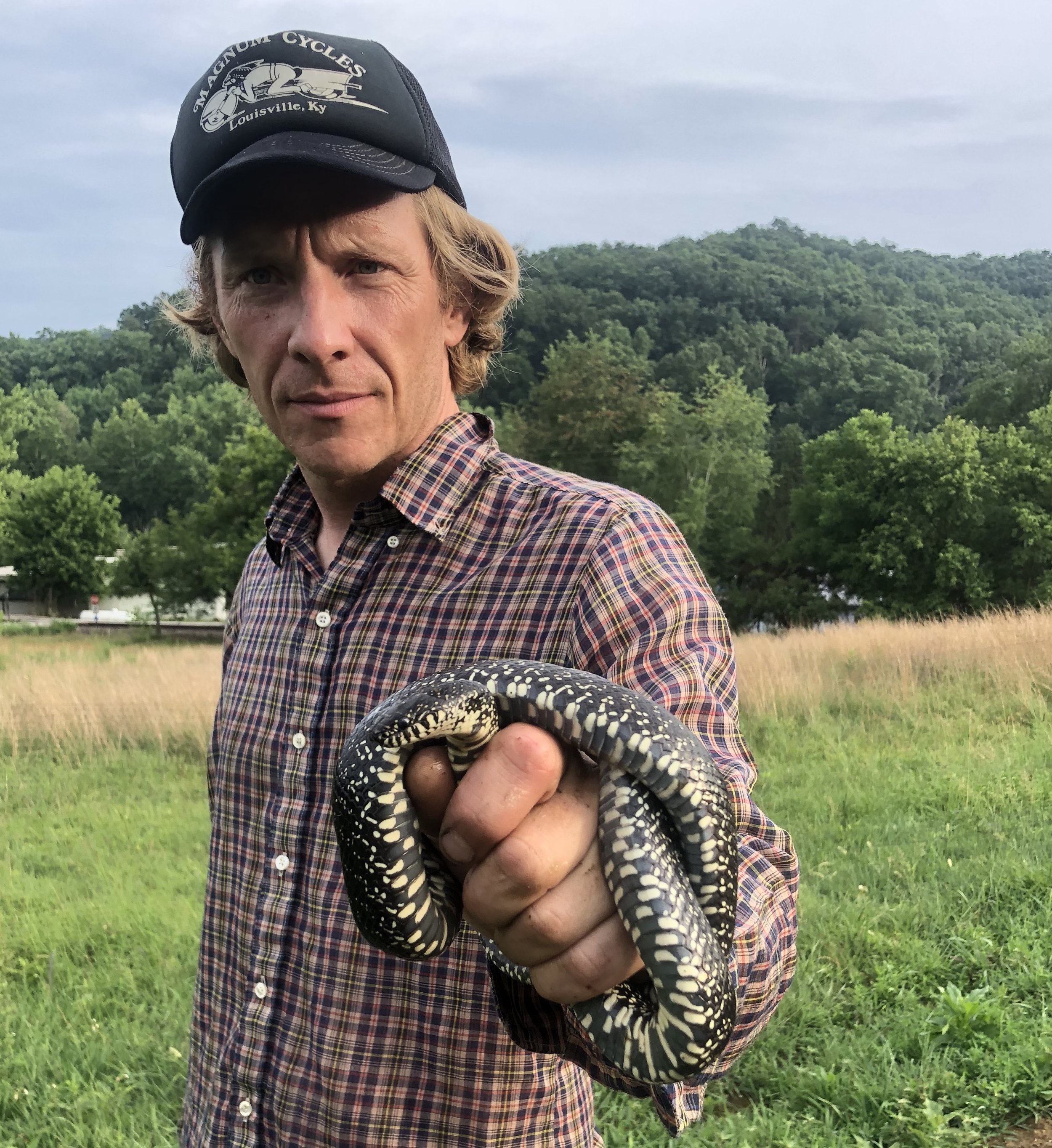This week Matt Weir from Falls Art Foundry and David & Terri Sierra talk about participating in the 2022 Open Studio Louisville. Tune in to WXOX 97.1 FM/Artxfm.com Thursdays at 10 am to hear Artists Talk with LVA. Falls Art Foundry is Oct. 15 and the Sierras are both Oct. 15 & 22.
Matt Weir is a contemporary sculptor and artist known for his monumental works in stone, bronze, and mixed media. He graduated Cum Laude with a BFA from the University of Louisville Hite Art Institute with minors in Humanities and Art History in 2004. Throughout his time in school, he was busily apprenticing with a diverse set of professional artists, studios, and a bronze art foundry. Matt’s time associated with Bright Foundry lasted for approximately 15 years. In 2016 Bright Foundry closed permanently and he co-organized a team to succeed it as Falls Art Foundry, located in the Portland neighborhood as an essential resource to support the legacy of sculptural materials, methods, and education.
Matt Weir works in Louisville, Kentucky, where he grew up and has maintained a studio for the past 14 years.
Creative Eyedias is an artist collaboration with art studios and an art gallery owned by Terri and David Sierra. Terri Sierra is a painter and photographer who founded Creative Eyedias in 2019, David is a painter.
Creative Eyedias is an encouraging and supportive space that would be owned by artists and run by artists, where artists are encouraged to create and art lovers can find art they love. It is located in Westport, Kentucky just a few miles upriver from Louisville..
Open Studio Louisville is October 15 & 22, 12 - 6 pm. Download the digital directory here.








